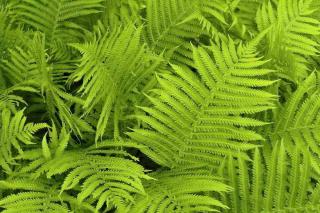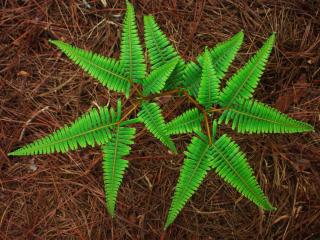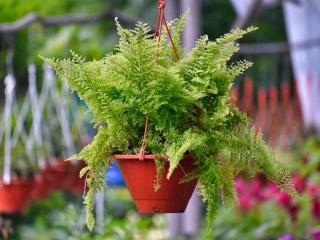

Easy-going plants, ferns will transform any drab, damp dark corner of the garden into an elegant green plant decor.
Their dented fronds bring a touch of airy freshness.
Read also:

Ferns don’t produce flowers, and leaves sprout directly from the rhizome. Rhizomes are swollen, fibrous underground stems that are often confused with roots.
In reality, roots are thin fibrous filaments called adventitious roots because they branch out from a stem. Curled up young fern fronds look like the tip or scroll of a violin handle.

Ferns growing naturally often are a sign of humus-rich soil that retains moisture well.
Don’t bury the clump too deeply, the top portion must run flush with the ground level, or the plant might rot.
In garden boxes, prepare a well drained mix of heath or peaty soil mix.

Check on slugs: since they’re running out of more appealing food, they might start eating up young fronds in spring.
To divide the plant, perform crown division at the end of the growing season. Proceed with care so that the very fragile roots aren’t damaged.
Break up or chop up dry ferns that you’ve collected, and use them for mulch for plants vulnerable to the cold, or for shade to protect young seedlings.
Avoid adding ferns to your compost: they decompose very slowly.